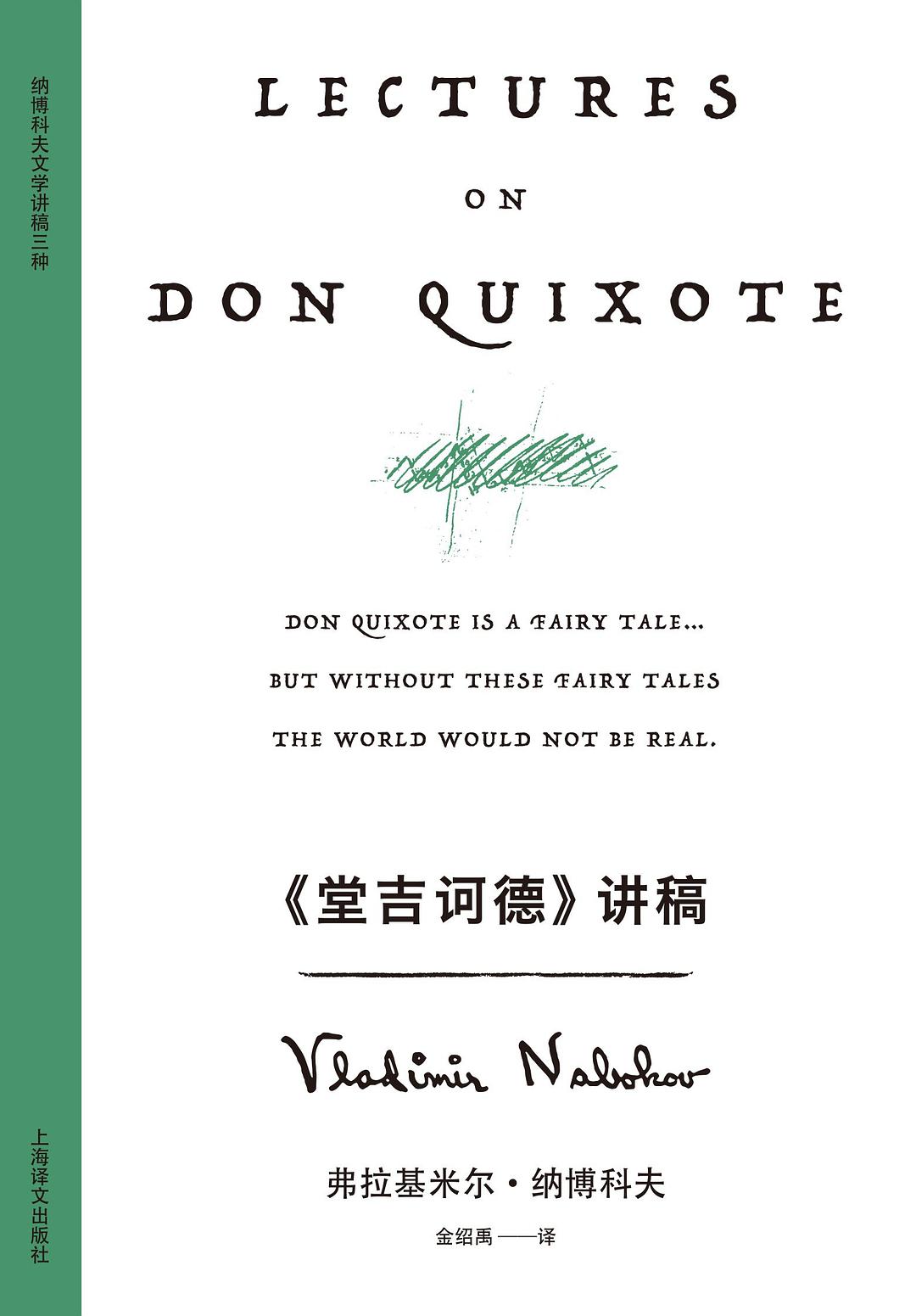1
/
of
1
Lecture Notes on Don Quixote
Lecture Notes on Don Quixote
Vladimir Nabokov Jin Shaoyu 译
Regular price
$22.99 USD
Regular price
$22.99 USD
Sale price
$22.99 USD
Unit price
/
per
Low stock
Couldn't load pickup availability
About Book
About Book
Lectures on Don Quixote
★ Nabokov's general literature course at Harvard, a major event in modern criticism★ In front of 600 students in a Gothic memorial hall that was cobbled together, he thoroughly criticized this "Encyclopedia of Torture" and corrected people's long-standing misunderstanding★ One of the three types of Nabokov's literary lectures, a unique literature course by the master of fiction.In 1951-1952, Nabokov received an invitation to lecture at Harvard University and dedicated time to preparing lectures on Don Quixote for his Humanities II course, discussing the novel's origins. The lectures were compiled, edited, and published as "Lectures on Don Quixote," which, along with "Lectures on Literature" and "Lectures on Russian Literature," form the "Three Nabokov Lectures on Literature." In "Lectures on Don Quixote," Nabokov provides a chapter-by-chapter explanation of this Spanish classic, showcasing his insights into the work. Nabokov dismissed the common perception of Don Quixote as a mild satire, interpreting it as a cliché: a poem depicting the famous, scrawny knight who endures a series of brutal events while retaining his honor and innocence.
Some have hailed "Don Quixote" as the greatest novel ever written, creating enduring literary characters: the physically and mentally tortured Don Quixote and his vulgar and comical squire, Sancho Panza. Cervantes's pen embodies these characters in hilarious comedies. Set against the backdrop of the Spanish Inquisition and political oppression, Cervantes fearlessly mocks the clergy, and the novel's humor is embodied in "philosophical insight and a truly human depth."
However, in Nabokov's view, all of the above is nonsense.
Nabokov considered Don Quixote a crude and primitive novel, a tale of picaresque adventures, loosely structured and disorganized. The first and second parts of Don Quixote are inconsistent, with numerous plot discrepancies, demonstrating Cervantes's casual approach to writing. While readers of the author's time often laughed heartily at gags like the donkey, tortured animals, and bloody noses, for modern readers, these scenes make the book a literal "encyclopedia of torture."
But Cervantes's genius ultimately saved the novel. Possessing an artist's intuition, he successfully weaved together its disjointed strands, and in creating his pitiful protagonist, his art transcended his prejudices. Don Quixote undergoes a long transformation, from the initially repulsive country squire, Don Quixote, to the mad knight who upholds justice, and finally to the virtuous Quixote, a figure of gentleness, pity, selflessness, and chivalry. Gogol, Dostoyevsky, Daudet, and Flaubert all took Don Quixote's story outside of Spain and reshaped it to suit their own needs. A literary character gradually loses touch with the work; he leaves his homeland, his creator's desk, and, after traveling through Spain, travels the world.
Publication Date
Publication Date
2024-04-01
Publisher
Publisher
上海译文出版社
Imprint
Imprint
Pages
Pages
380
ISBN
ISBN
9787532795239
share

